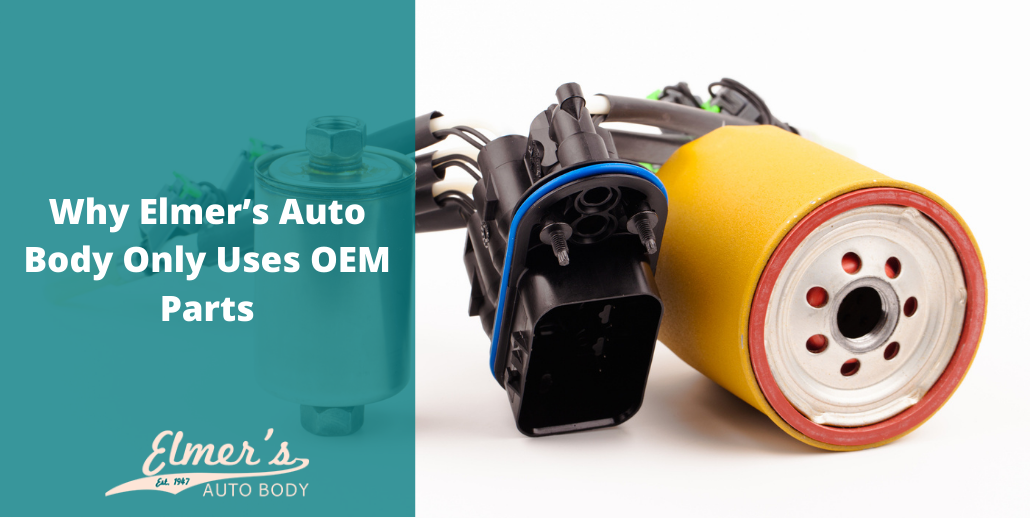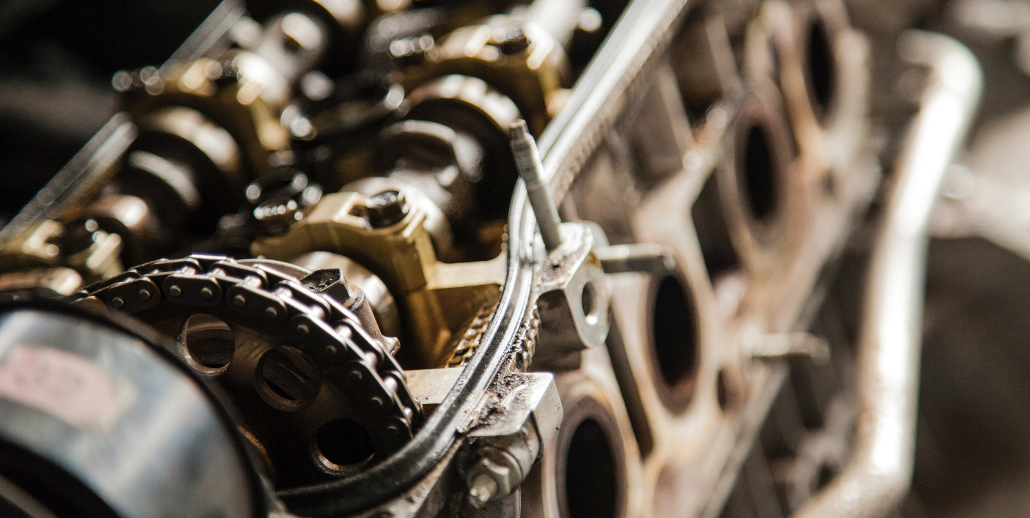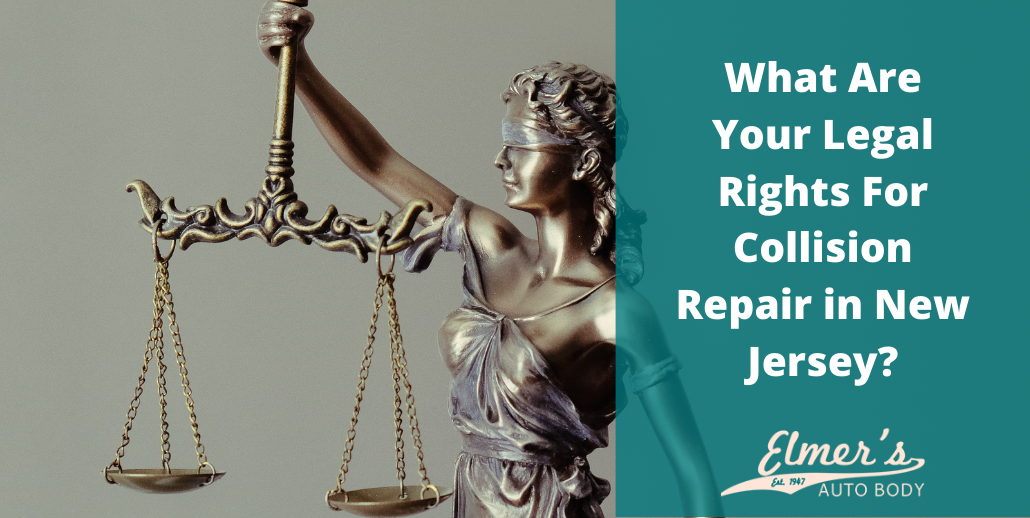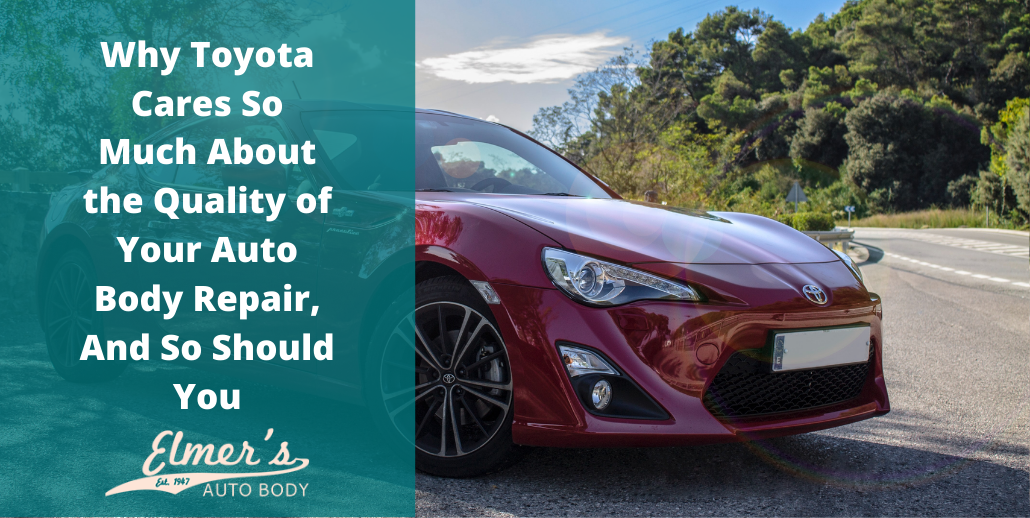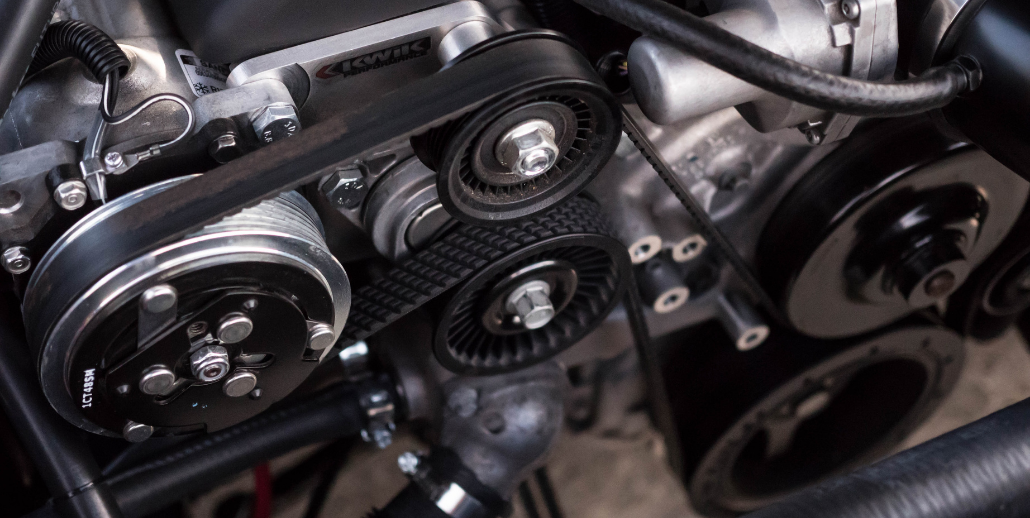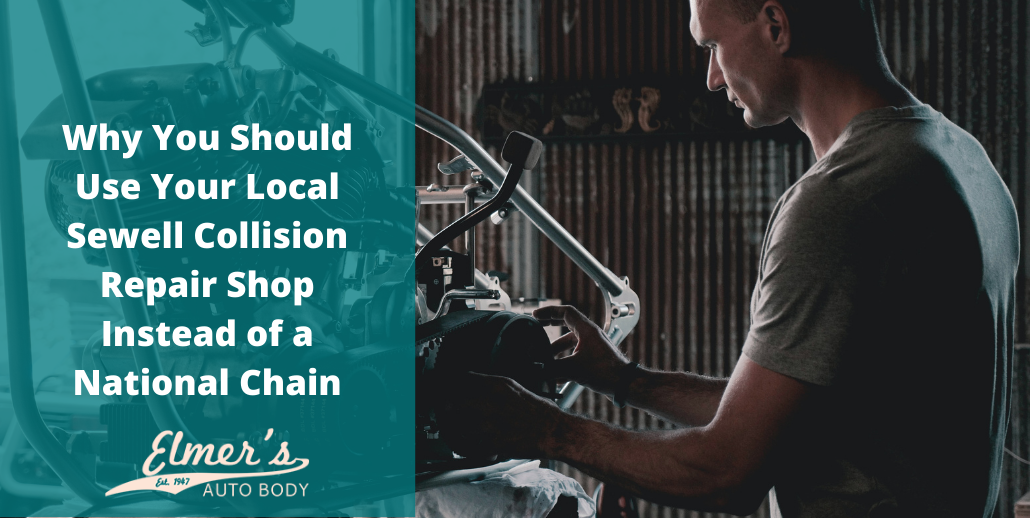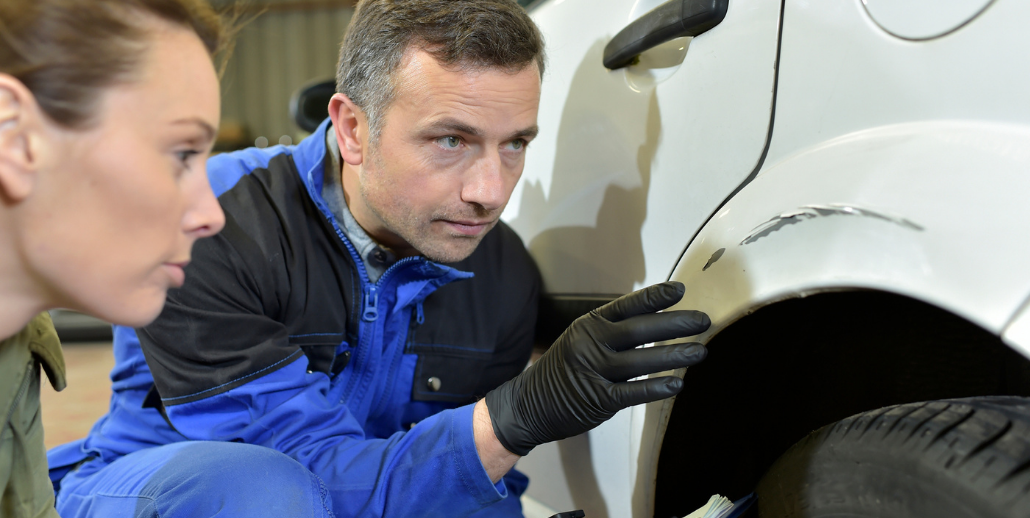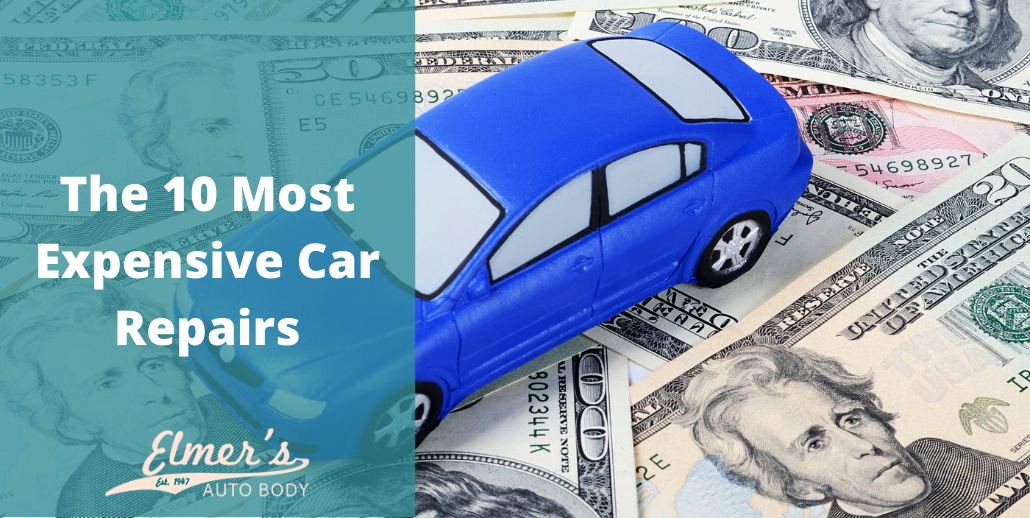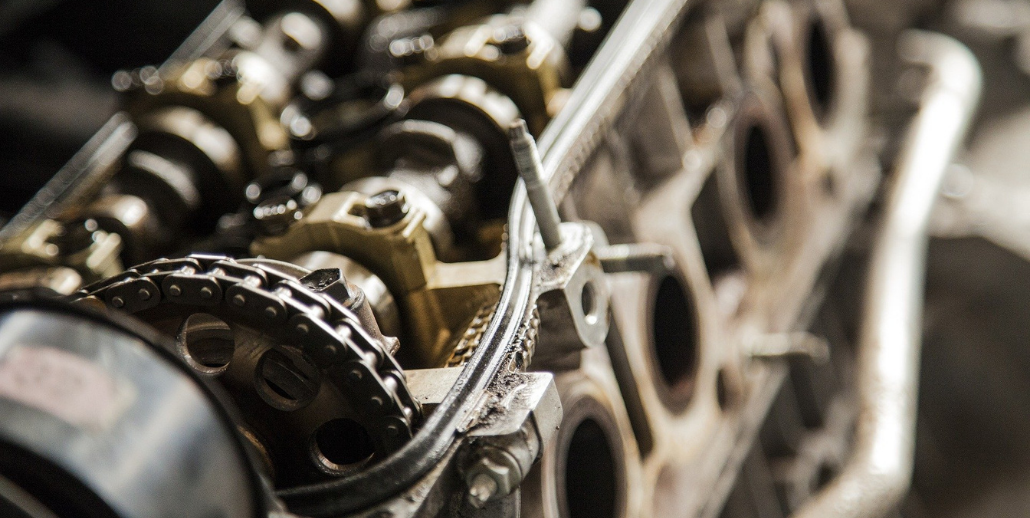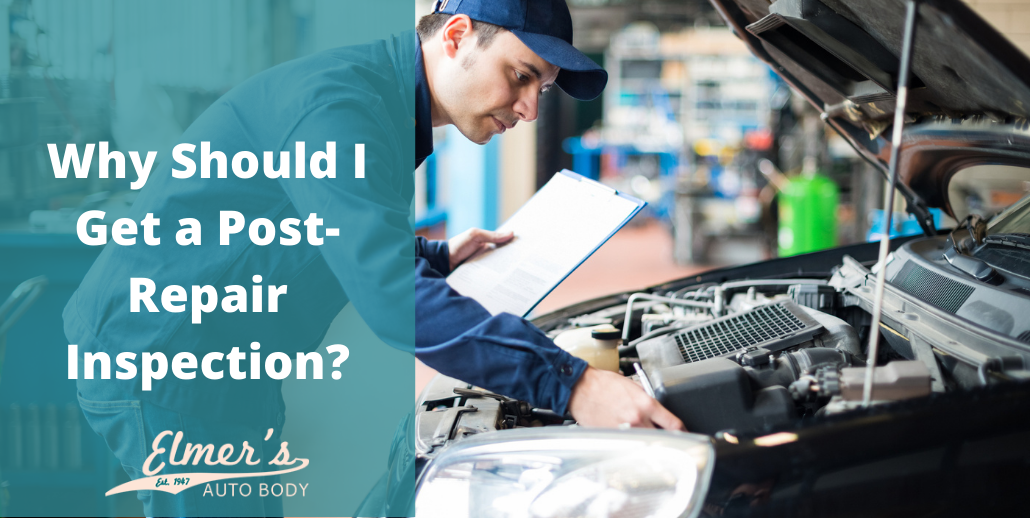In the past, getting a car repaired for cheap was as easy as taking it down the road to a third-party mechanic. Those mechanics did not have to worry about computerized systems in your vehicle or ADAS or OEM. But such times have come and gone. Presently, automakers are pumping out advanced technologies that can help you drive better than ever before. But that means the cost of repairing cars is more complicated than before. If you do not supply your vehicle with the right parts, it could severely damage its performance. That’s why you should only go to an auto body shop that uses OEM parts.
What is OEM?
Original Equipment Manufacturer, or OEM, describes vehicle parts designed by the original manufacturer that is used for collision repairs and other services. OEM is not an entirely new concept, but they are becoming more and more essential as Advanced Driver Assistance Systems (ADAS) evolve. Since OEM parts are designed specifically for a certain make, they are of better quality than one-size-fits-all aftermarket parts.
OEM parts also guarantee quality. The manufacturers of OEM parts certify auto body shops and require them to follow stringent procedures to maintain that qualification. If you are looking for the best items to repair your vehicle, look at OEM parts.
What About Aftermarket Parts?
The alternative to OEM is aftermarket parts. Many repair shops will use aftermarket or salvage parts because the insurance company asks them to. Some aftermarket parts are considered modifications, but most of the time, “aftermarket” is just a fancy way to say “used.” The main reason auto body shops will give you aftermarket parts instead of new ones is to reduce the cost. As you may imagine, this could cause problems. Aftermarket parts may not be compatible, and that can mess with the ADAS. That is why OEM parts should be your first choice.
Advantages of OEM Parts
Purchasing OEM parts for your vehicle’s repairs come with a couple of benefits. The first is knowing that the auto body shop has been certified to provide such parts. This means that the technicians have spent plenty of hours earning those credentials. Once the auto body shop has the certification, they are backed by the manufacturer to provide superior quality service. Because of this, the manufacturer works closely with the mechanics, so any questions or concerns are dealt with quickly.
OEM parts also guarantee compatibility with the vehicle and upstanding quality. That is because OEM parts are designed by the very people who made your car to begin with; every piece of equipment is identical to the original factory parts. Most OEM parts have a 1-year manufacturer’s warranty, so if the product arrives with defects or damages, the manufacturer will replace it.
If OEM Parts Are So Good, Why Are They So Expensive?
Even with the latest and greatest technology available, returning your car to pre-accident condition requires manpower. You need a trained technician who knows what they’re doing; how to diagnose problems, devise a plan, and execute those plans successfully are all important steps. The cost of installing OEM parts is increased because those technicians need tools and equipment for every single manufacturer they are certified in.
That means a full-service auto body shop like Elmer’s Auto Body invests thousands into their equipment to ensure you are getting the best service available. Of course, that is reflected in the cost of OEM parts and installation. Plus, ADAS sensors have to be re-calibrated, and the process is arduous. Never get your OEM installed by a third-party. This will void the warranty and put you at risk of unhanded practices.
Choose Elmer’s Auto Body For OEM Repairs
The best body shops are going to use OEM parts and have OEM certifications to back that up. Since the cost of obtaining OEM certifications is so high for the collision repair shop, you know that the quality of repairs and service you receive is going to be a cut above average. OEM certifications come with a lot of responsibility, too. Such auto body shops are committing themselves to regulations and supervision. Therefore, you should choose an auto body shop that shows such commitment, such as Elmer’s Auto Body.
We only use OEM parts for auto repair and never take any shortcuts. Every car receives the same uncompromising level of attention. That is why we have a community of happy customers who keep coming back. Fill out the contact form or give us a call to see what we can do for you.

